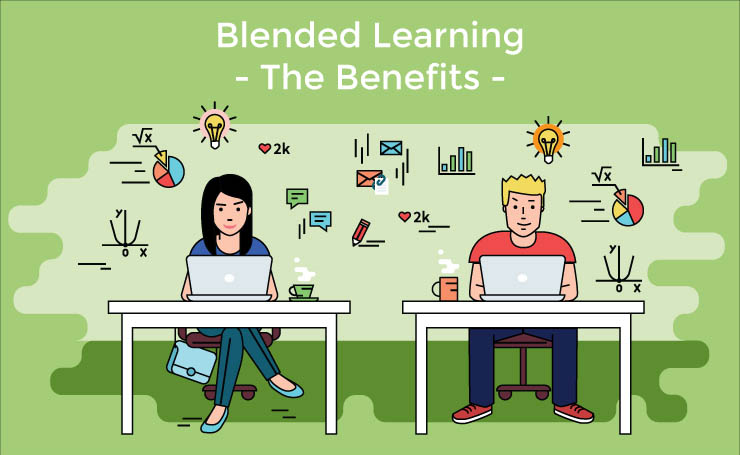
Education and technology are changing how we study and learn. And this change is coming fast and furious, with video playing an important role.
The science and research is clear – video accommodates for different learning styles and it significantly increases engagement. In serves the critical need for excitement and interest among students, and it improves learning outcomes.
In learning institutions throughout North America, video has become the go-to complementary tool for high-quality education.
Technology is Accelerating Adoption
Younger people use and adapt to new technologies in ways that are sometimes hard to imagine for those of us who remember when the Internet didn’t exist.
Furthermore, the availability and affordability of portable devices, mobile phones, and incredible advancements in bandwidth and streaming capabilities has accelerated the adoption of video technologies in education.
More Individual Control Over Learning
One of the most attractive aspects of video is that the learner has more control over the information he or she receives. No classroom distractions, or peer pressure, or social stress is present.
Video allows for an additional opportunity for deeper learning. If the content is difficult, or misunderstood, or requires another view…then that is all at the fingertips of the student. They are able to stop, rewind, fast-forward, and replay content as many times as they require.
A large number of studies done by colleges and universities show that video has been shown to impact grades and test performance.
It makes sense when you consider the fundamental psychological elements of learning. Individual control over the pace of learning leads to student empowerment. Empowered students are successful students.
Feeling Better About Learning
By reviewing parts of a lesson or a problem, students not only achieve better outcomes, they also end up feeling that they are learning more effectively.
The use of video for instruction of subjects like mathematics, allows students to expand their understanding of complex concepts by strengthening the links between concepts and actual practical applications.
Maybe most importantly, it helps demystify these subjects, which are often perceived as difficult. In other words, success begets success.
Video Education – An Equalizer
We’d all love to live in a world where education and access to high quality teaching were available to all those who wanted it. The fact of the matter is, there are both financial and proximity factors that make that less plausible.
Fortunately, technology is helping to level the field, giving those with real-life obstacles the access to expertise at the tips of their fingers. Students can learn directly from experts without having to travel.
In the past, if you lived in a rural environment, you simply did not have access to the same quality educators that you might find in a more urban setting. Online video learning is ensuring that learners can get the help they need and that they can compete in their core subjects.
The Science of Video Learning

Learning by video allows the learner to interact with visual content, whether verbally, by note taking or thinking, or by applying concepts.
Interactivity and engagement begin in the feeling side of learning. As soon as engagement happens, the process of knowledge transfer and memory increase. The end result is enhanced retention of content.
Nearly 80 percent observed highly positive student outcomes as a result of their classroom use of video technology.
Video consolidates visual and auditory stimuli into a single package.
On-Demand Video Creates Better Performance Outcomes
On-demand video has been shown to impact grades and test performance through a large number of studies conducted by colleges and universities.
Research results show that:
- 68 percent believe that video content stimulates discussions.
- 66 percent believe video increases student motivation.
- 55 percent believe it helps teachers be more creative.
- 62 percent believe video helps teachers be more effective.
- 61 percent believe video is preferred by students.
- 42 percent believe video directly increases student achievement.
The Use of Video Will Continue to Grow
The use of video is only beginning to meet the needs of today’s learners.
Learners today are fundamentally different from previous generations in the way they think and in the way they access, absorb, interpret, process and use information.
Students today are increasingly visual-spatial learners, confident and capable of reaping the benefits inherent in multimedia. Video is clearly an effective tool that can have a powerful impact on student retention of information and on student engagement.











